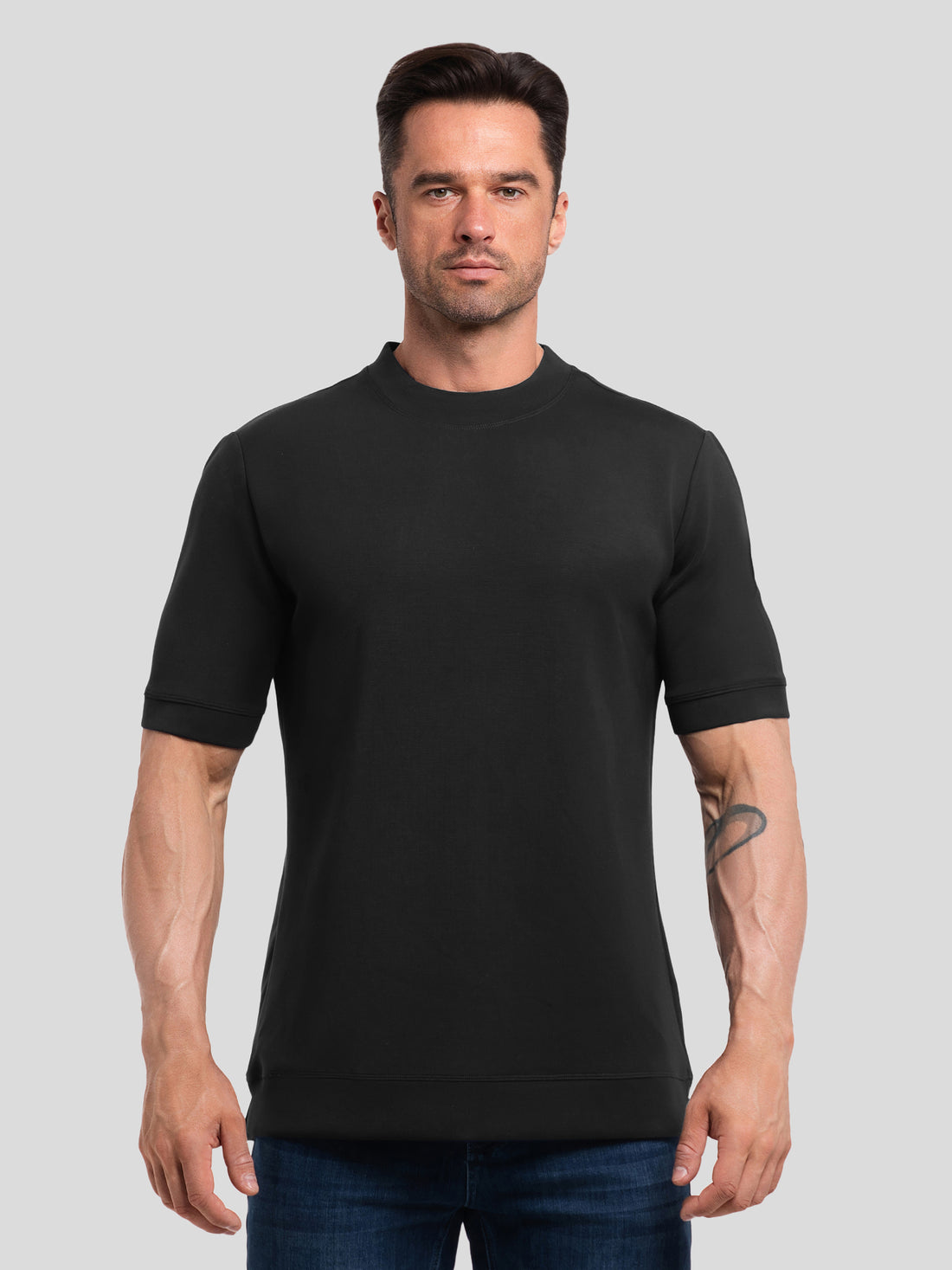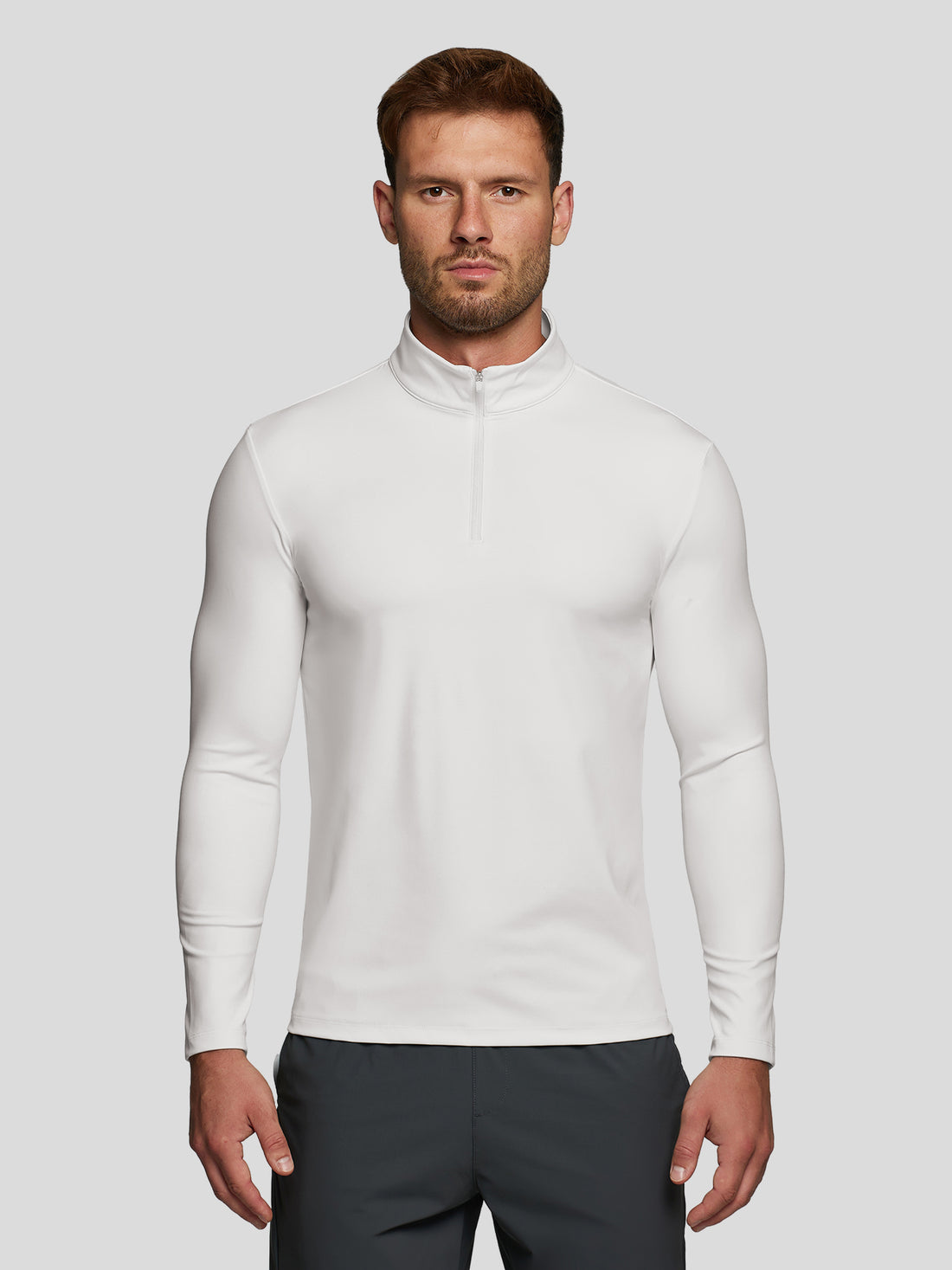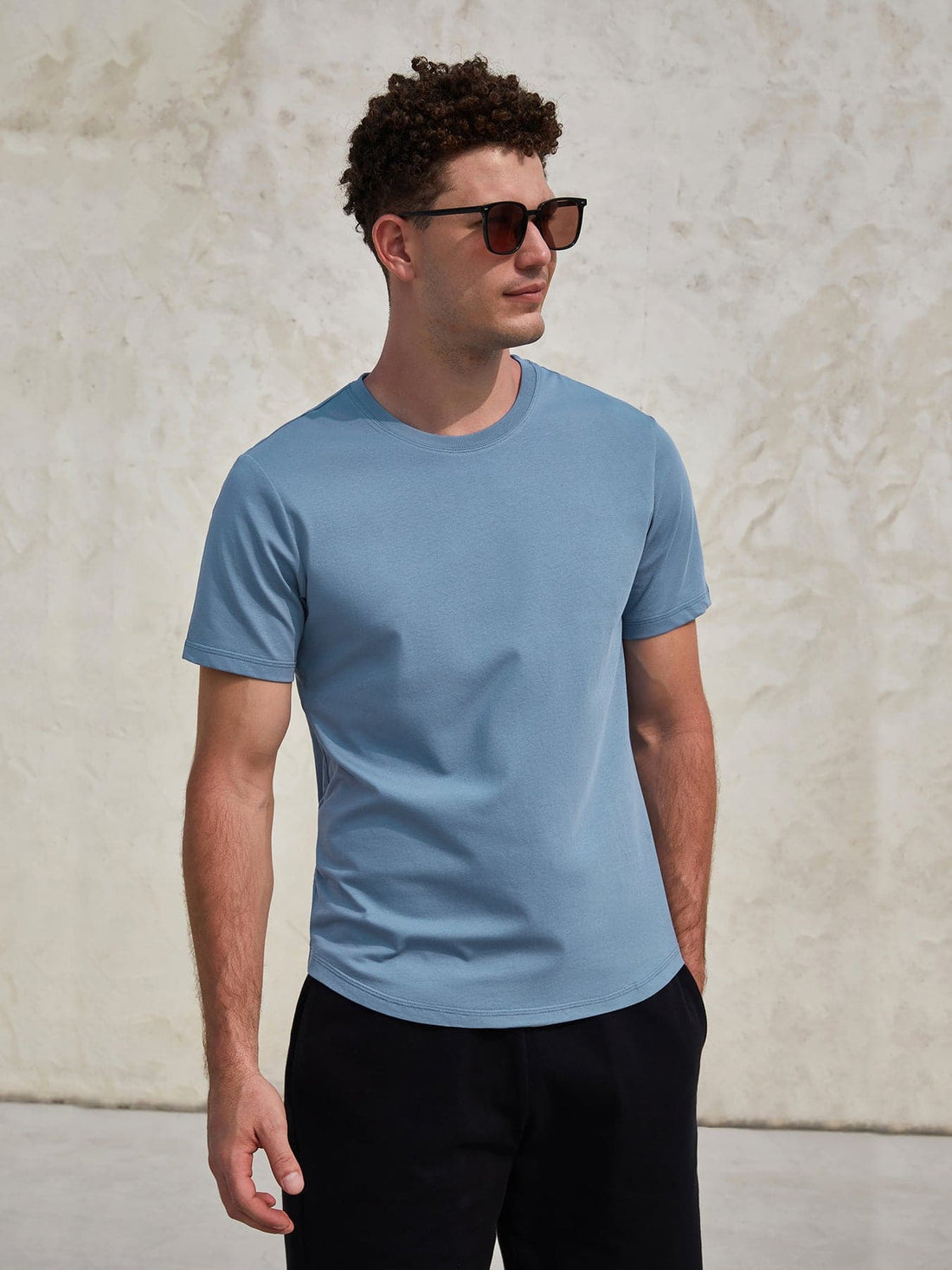
Closet Tips: How to Do Clothing Storage Well?
Properly organizing your clothes protects their quality and saves you time and less hassle when getting dressed every day.
If you have limited space in your room, you may feel helpless from time to time about the clothes cluttering up your closet. This is especially true when the hot summer days are upon us, and heavy jackets are taking up space in your closet, leaving you nowhere to put your summer clothes. At this time, you may need a person to help you with clothing storage. Now, your closet savior is here!
This comprehensive guide explores various clothing storage strategies and tips, from choosing the right storage solutions to organizing your closet and drawers efficiently.
Why Is Clothing Storage Important?
Few people enjoy clothing storage, which often leads to not knowing where everything goes. Learning how clothing storage works can prevent crankily searching for disappearing clothes before you go to work or on a date.
The reasons why clothing storage is important can be attributed to the following:
1. Enhance quality of life: A neat and organized closet and storage space can significantly enhance your living environment and quality of life. Cluttered clothes take up a lot of space and make you feel irritated and waste time searching for clothes. With proper storage, you can easily find the clothes you need and reduce the anxiety caused by being unable to find them.
2. Protect your clothes' quality: Putting them away in the right way will help keep their quality. For example, hanging easily wrinkled clothes can avoid creases caused by folding; laying knitwear such as sweaters flat in a drawer or hanging them on hangers can prevent them from deforming; and a dust cover can protect clothes from dust and humidity. All these measures can prolong the life of clothing and reduce damage caused by improper storage.
3. Save time: Good clothing storage habits can greatly save you time getting dressed daily. When you need to find the right clothes for the occasion quickly, an organized closet and drawers allow you to see all your clothes quickly and make a quick choice. In contrast, clutter can cause you to waste a lot of time searching for clothes, and you may even miss important appointments or events because you can't find the right clothes.
4. Improve space utilization: Reasonable clothing storage can also improve space utilization. You can store more clothes and accessories without adding extra space by utilizing the vertical space in your closet, installing extra hanging rods, and using drawer dividers. Not only will this make your closet look neater and more organized, but it will also save you more space to store other items.
Prepare Before Clothing Storage
Before you start clothing storage, you have to prepare yourself. Start by assessing your clothing needs and available space by considering the following points:
Amount of clothing: How much clothing do you own? Are you a minimalist or a fashionista with tons of clothes?
Space availability: How much clothing storage space do you have? Is it a small closet, a spacious walk-in closet, or a combination of drawers, shelves, and cabinets?
Frequency of use: do you have seasonal clothing that needs to be stored for months? Are there formal garments that are only worn on special occasions?
Understanding these factors will help you customize the clothes storage solution to fit your needs and space constraints.

How to Do Clothing Storage Well?
Once you've assessed your needs and space, the next step is to choose the right clothing storage solution. Here are some common options:
1. Group by category: first, group your clothing by category, such as tops, bottoms, dresses, jackets, and accessories. It will make it easier to find the clothing you need.
2. Color coding: you can group clothing by color if you like. It not only looks beautiful but also helps create coordinated outfits.
3. Hang or fold: Depending on the fabric and shape of your clothing, decide whether to hang or fold it. Heavy, structured clothing (such as suits, coats, and dresses) should be hung to maintain shape. On the other hand, light, delicate fabrics (such as silk or chiffon) may be better suited for folding to avoid stretching or wrinkling.
4. Utilize vertical space: Maximize vertical space by installing extra hanging rods and using wall hooks and shelves to increase clothing storage space.
5. Eliminate excess items: take the opportunity during the sorting process to eliminate clothing that is no longer worn or is badly damaged. Donating or selling unwanted items will not only reduce clutter but may also bring you some extra income.

Drawers can easily become cluttered if left unmanaged. Here are some tips for keeping your drawers neat and organized:
1. Use dividers: as mentioned earlier, drawer dividers are key to creating organized areas. They can help you separate underwear, socks, and other small items.
2. Neatly fold: Take the time to fold your clothes and uniformly stack them neatly. This will make seeing and accessing the clothing easier without disturbing other items in the drawer.
3. Label drawers: If you have multiple drawers for different clothing or accessories, consider labeling the drawers to clarify what each drawer is for.
Five Clothes Storage Ideas
Here are five very practical ideas for clothing storage, choose according to your needs!
1. Closet organizers: These include hanging rods, shelves, drawers, and shoe racks. Custom closet organizers offer maximum flexibility and can be tailored to your needs and space. Additionally, you can choose from off-the-shelf closet systems or DIY kits, which are often more affordable.
2. Drawers and dividers: drawers are perfect for storing folded clothing, underwear, socks, and other small items. Use drawer dividers to create organized sections for clothing or accessories.
3. Hanging solutions: Hangers are essential for closets. Invest in high-quality hangers to avoid damaging clothing. Consider double or folding hangers to save space and hang more clothes.
4. Storage bins and baskets: these are perfect for storing non-seasonal clothing, shoes, and accessories. Clear plastic bins or baskets with labels make it easy to see the contents and quickly access what you need.
5. Clothing dust covers: For expensive or delicate clothing such as suits, dresses, or fur coats, a dust cover will protect them from dust and moisture.
Clothes Storage Precautions:
Before you put your clothes away, make sure they are completely dry. If any wetness remains, mold can grow, which will be a nasty surprise when you look through them again.
⚠ Here are some common mistakes we make in clothing storage:
Using the wrong hangers: hangers come in all sizes and materials. Too small can cause wrinkles in your clothes, and too large can create straps on your clothes. Ideally, use lightweight, non-slip felt hangers for delicates and wooden hangers for coats. Do not use metal hangers.
Overstuffing containers and drawers: not only is it difficult to open and close these storage units, but this practice can also damage fabrics and make it difficult to find what you need. Invest in alternative storage methods (such as seasonal rotation) or reduce the number of clothes you own.
Conclusion
While clothing storage can be a hassle, doing it right can make our daily lives much easier. All you need to do is organize your clothes once a week.
Remember to rinse your clothes before storing them. Now, you can buy high-quality clothes as you like; you won't have to worry about not being able to buy your favorite clothes because of a lack of space in your closet.
Remember these clothes storage tips to ensure you have brand-new clothes to wear daily!





